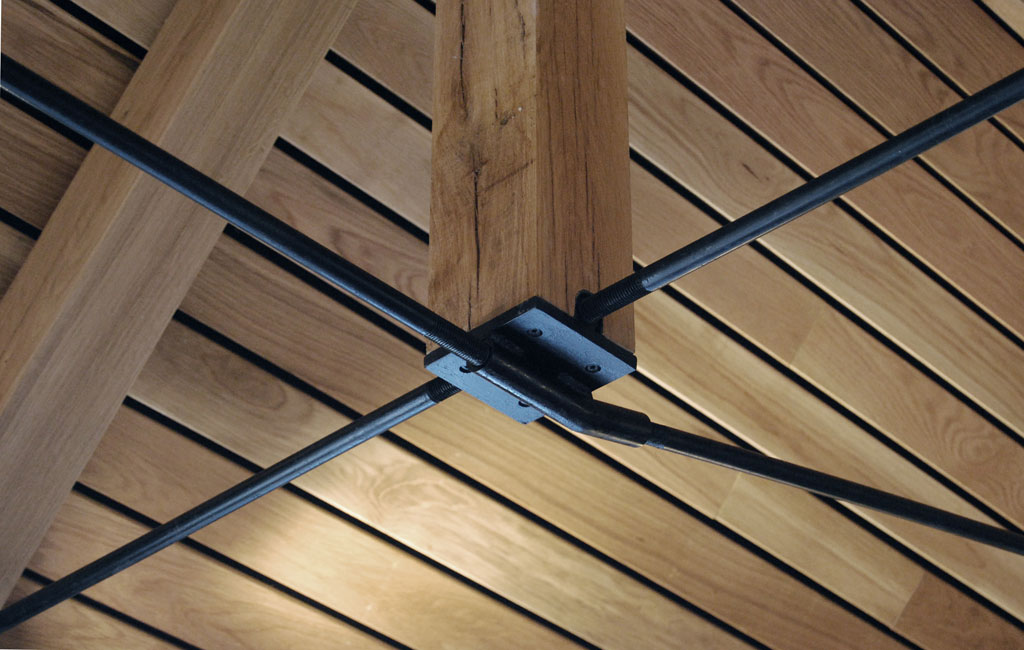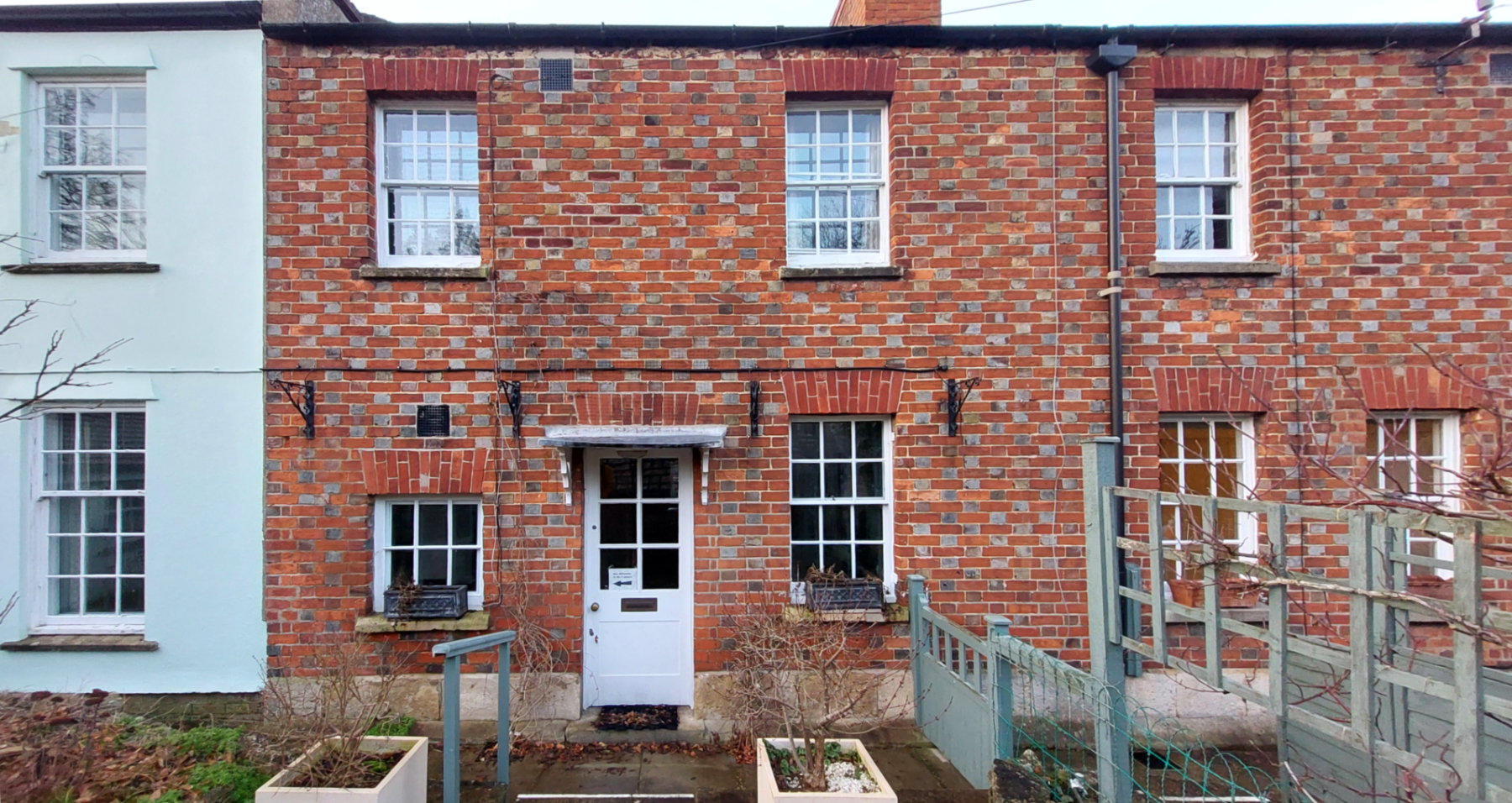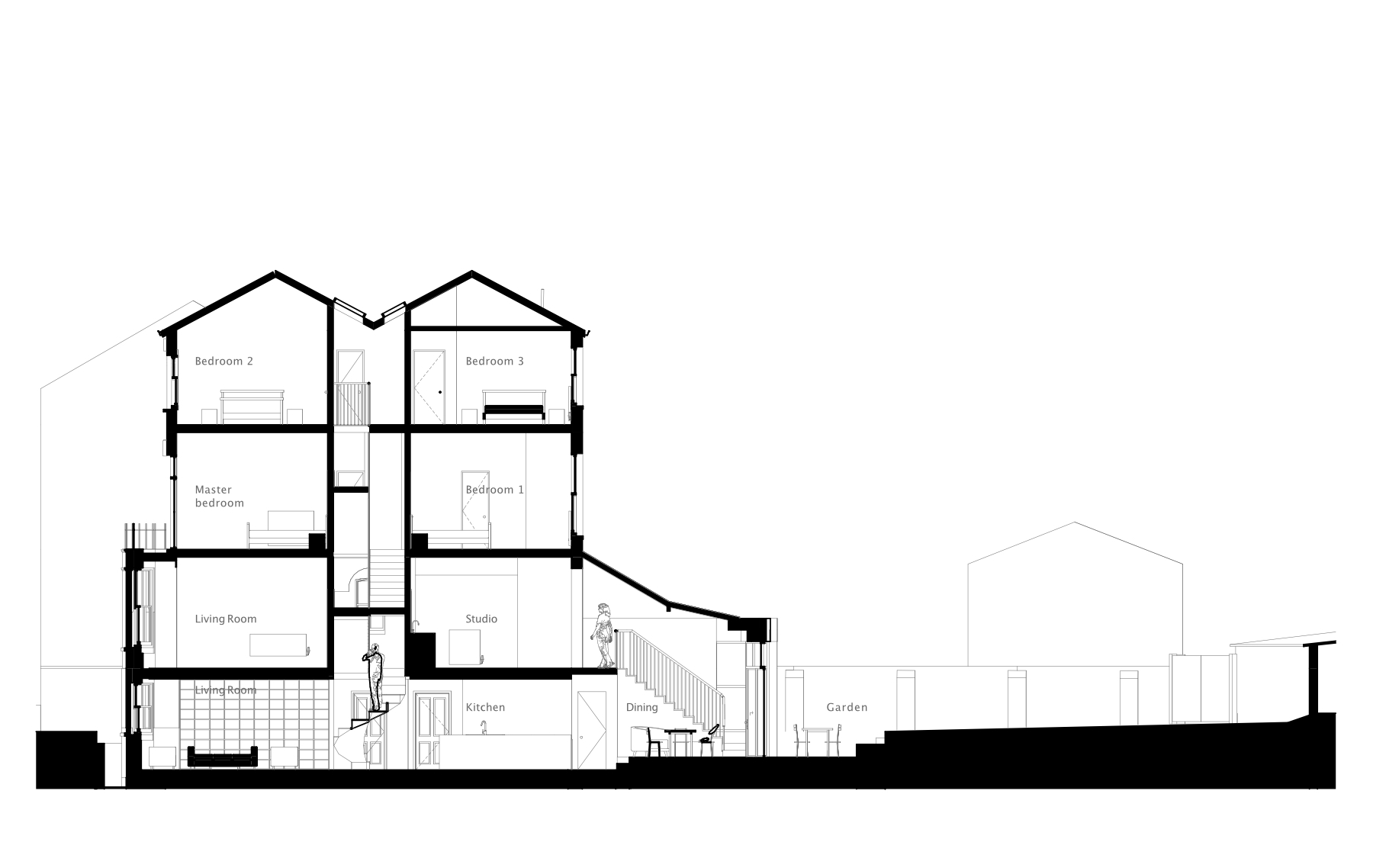
Preserving the Past: Heritage Design
Preserving our cultural heritage while adapting to modern requirements presents a delicate balance between the past and the present; buildings serve as tangible links to our history and identity. Good heritage design, therefore, becomes not just a matter of aesthetics but a responsibility to honour the past while meeting the demands of the future. With this in mind, designing for heritage preservation comes with its own unique set of challenges.
Here are a few factors to consider:
Preservation vs. Modernisation: striking the right balance between maintaining the authenticity and historical integrity of a structure while meeting contemporary needs can be challenging, often leading to debates over the extent of restoration versus adaptation.
Regulatory Compliance: Navigating complex regulations and compliance standards imposed by local authorities adds layers of complexity to heritage design projects, requiring meticulous attention to detail and expertise in historical preservation.
Technical Constraints: Many heritage buildings may suffer from structural deficiencies or outdated infrastructure, requiring innovative design solutions to address issues while preserving the original fabric of the building.
Material Conservation: Sourcing authentic materials for restoration or replication can be difficult and costly, particularly if the original materials are no longer readily available or sustainable. Balancing authenticity with practicality and environmental considerations presents a significant challenge.
Future Adaptability: Anticipating and accommodating future changes or uses of heritage buildings without compromising their historical significance requires foresight and flexibility in design, ensuring that adaptations are sympathetic to the building’s original character while meeting evolving functional requirements.
Preserving the past through heritage design is a multifaceted endeavour that requires a delicate balance of tradition, innovation, and sustainability. Resonant Architecture’s projects serve as showcases of how this balance can be achieved, demonstrating that with expertise, creativity, and a deep respect for history, we can ensure that our architectural heritage remains not just preserved, but thriving for generations to come.

The Black Bull
The restoration of the 17th century Grade II listed Black Bull Inn, coupled with the rejuvenation of an adjoining 18th-century hall, stands as a testament to our meticulous approach of heritage design.
The project faced the daunting challenge of rescuing the badly neglected hall from ruin, requiring extensive rebuilding of the roof and walls, while preserving the intrinsic clunch-block brickwork found within.
The result breathes new life into this important example of a historic hall, while providing the Black Bull Inn with a new restaurant and event space.
The Croft
Set in a sleepy corner of Oxford’s historic Old Headington Conservation Area, this unique house is a palimpsest of a Victorian terrace that has been joined to a c.18th stone building forming part of the former Headington Manor, via a 1950s extension.
The building is an intriguing mix of 18th century stone construction, 19th century brick, and more modern rendered concrete block.

Our proposal strips back the modern internal alterations and decorations, opens out internal spaces, bringing in daylight and warmth from the sun, extends the kitchen and dining space and upgrades the whole into a home suitable for a growing family. Ensuring a minimal impact on the local conservation area was key to the design of the extension. After extensive discussion with the Local Authority, a dark zinc cladding was agreed on, while the whole extension will be dropped into the ground behind a historic stone boundary wall.
Construction work is due to start next month with a complete strip out and test removal of the modern impermeable paint currently suffocating the stonework and excacerbating issues of damp within the building.
The House of Garnett
The House of Garnett is a project at technical design stage conceived by renowned artist and entrepreneur Annie Sloan, reimagining a historic Victorian villa on Iffley Road, Oxford. Originally serving as an office space, the building’s layers of decoration will be peeled back to reveal its original features. Extensive renovations will extend the property at ground floor and basement levels, creating spacious living areas and studios, while reclaiming a garden from former parking space.

Integral to the project is the enhancement of exterior facades and the roof, alongside a garden overhaul to improve visual appeal. Proposed planted screens will offer privacy while promoting biodiversity. Due to the raised ground floor, access to the main living spaces has been challenging, addressed by relocating the primary areas to the basement level. This extension facilitates direct connection to the garden, providing residents with a natural sanctuary amidst the bustle of central Oxford.
The House of Garnett embodies a harmonious blend of historical preservation and modern functionality, guided by Annie Sloan’s vision to honour the building’s heritage while meeting contemporary needs.

For more information, visit: https://resonant-architecture.com/index.php/oxford-architects/services/
